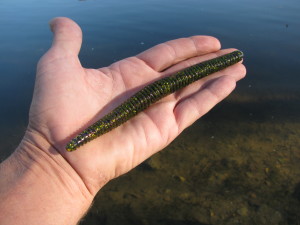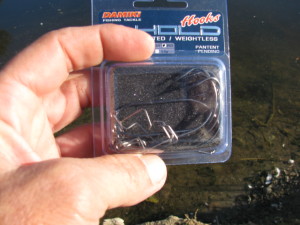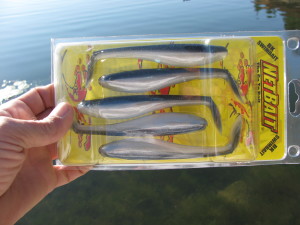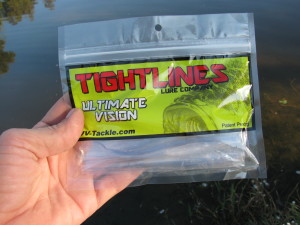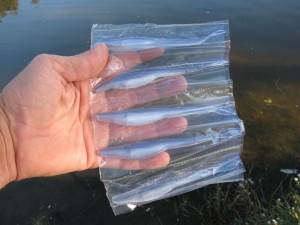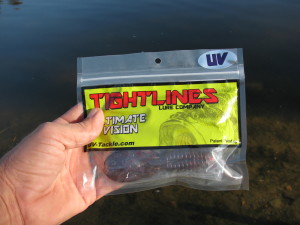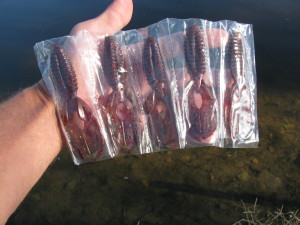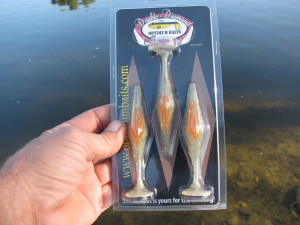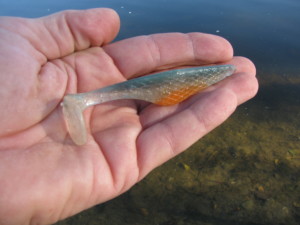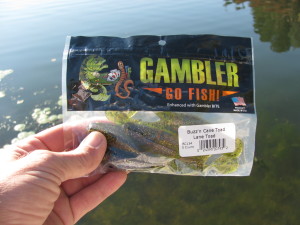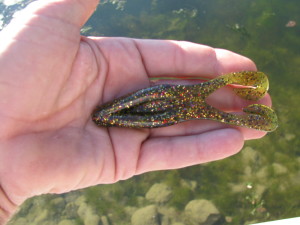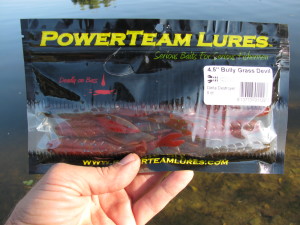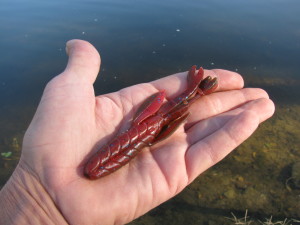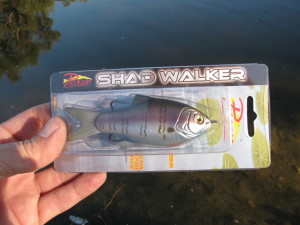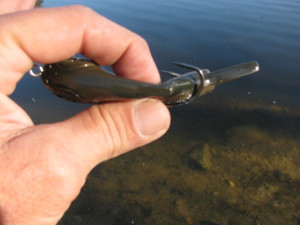There are times during the year when the use of larger than normal worms will produce more strikes and bigger fish for you. Although fall is typically the season for faster moving baits, that doesn’t mean that on those slow days, you can’t catch them on worms. If you’ve never tried a larger version of these soft plastic bass catchers, now might be a great time to have your first experience with them. The one that I have grown very fond of lately is the Hag’s Tornado in the F6.5 inch version.
Like its smaller sibling, the F6.5 has the same scent, ribs, floating tail and rattle chamber, but in a larger profile. Why would you want to go with this? Because often bass will pass up a smaller offering in favor of a larger one knowing they have to fatten up for the winter. Given they would need to expend the same amount of energy to eat either one, bass, especially bigger bass, may tend to eat the larger bait. Yeah, the old saying, “big baits catch big bass” can be right on.
One of the things that you’ll need to consider when throwing the Hag’s F6.5 is your choice of rigging options as well as the size of the terminal tackle involved. For me, I don’t throw this worm on anything less than a 5/0 hook with my first choice being the Dirty Jigs Stand Up Finesse Head in 3/16. This shakey head brings out the very best in the F6.5 Tornado.
Rigged with this head, the worm will stand almost vertically off the bottom of the lake and every tiny twitch will make the tail come alive. For that matter, just current will have the worm quivering. This subtle action is what I’ve grown so fond of in the Tornado.
I like to fish this bait on either spinning or casting gear with no more than 10 pound test. In our experience with this worm, we got most of our strikes after allowing the Tornado to come to rest on the bottom and then crawling it up and down opposing sides of points. Using short pulls of the rod tip and then just shaking the lure in place for several seconds before moving it a little more was the most effective.
You can rig it senko style, wacky style or just Texas rigged on an offset worm hook with a standard worm weight too. We’ve caught fish using all of these methods. But if I had to narrow it down to using only one, it would definitely be on a shakey head. Usually when you get a strike on the F6.5, the take is more toward the subtle side. I like to reel down and pause an extra half beat before setting the hook. This allows the fish to get the whole worm in its mouth prior to getting stuck.
You can use a standard worm rattle with the Tornado F6.5 and because of it’s larger size, the rattle will not affect its tail action as much as it does on the smaller version. The color patterns are the same for the 6.5 as they are for the F5 and as we discussed in our earlier review, there are colors that will fit almost any color of water you may be fishing.
We talk a lot about fishing with baits that you have confidence in and this is one of those for us. If you don’t care for fishing worms on shakey heads, maybe you just haven’t found the right one to match your style. The Hag’s Tornado F6.5 may be the one you’ve been looking for.
| Hag's Tornado F 6.5 | |
|---|---|
| Overall Rating | |
| Yeah it's big, and big bass love it! | |
See ya’ on the water …

